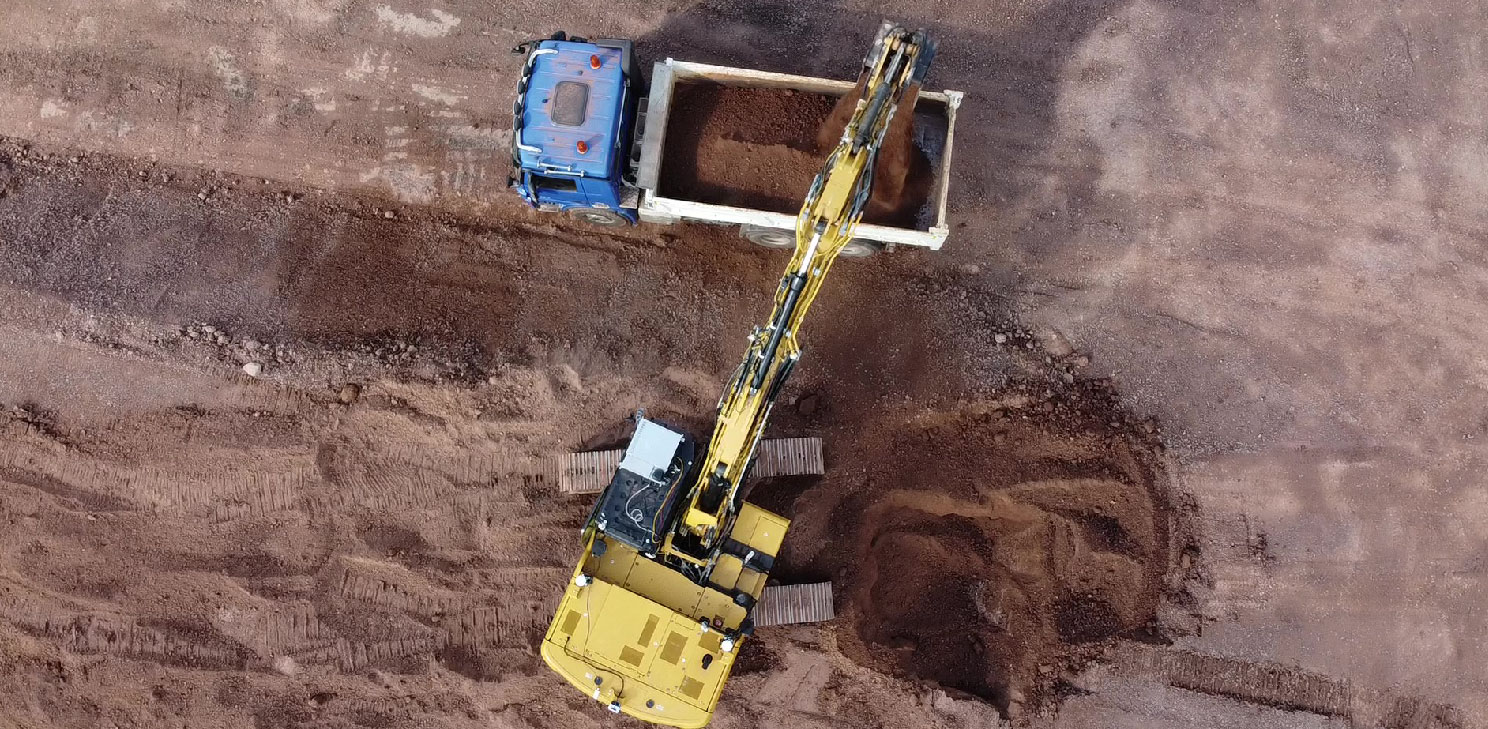Lyophilization is described in the Annex I as a ‘critical process step’ and requires the environment and methodology to be meticulously monitored to prevent microbial contamination of the final sterile, dehydrated product. Lyophilization is used to transform a drug product from liquid to a stable solid by removing water or other solvents by freezing the solvents, removing the ice crystals via sublimation and a second drying step of desorption to drive of any residual solvents. The equipment used must be designed and validated to maintain sterility of the product and materials before, during and after lyophilization.
The lyophilizer and all associated equipment such as trays and support rings should be sterilised regularly and re-sterilised following maintenance and cleaning as described in Annex I 8.122. The frequency of sterilisation should be determined based on the design and risks related to system contamination during use. Lyophilizers that are manually loaded or unloaded with no barrier technology separation should be sterilised before each load. For lyophilizers loaded and unloaded by automated systems or protected by closed barrier systems, the frequency of sterilisation should be justified and documented as part of the CCS.
Sterilisation methods can include:
- Steam Sterilisation (Autoclaving): Moist heat can be used to sterilise equipment via direct or indirect contact but should be dry, packaged in a protective barrier system which allows removal of air and penetration of steam and prevents recontamination after sterilisation. The system should be monitored for temperature, pressure and time at appropriate locations during routine use to ensure all areas are effectively and reproducibly sterilised.
- Dry Heat Sterilisation: Dry heat utilises high temperatures of air or gas to sterilise a product or article, useful in the thermal removal of difficult-to-eliminate thermally robust contaminants such as endotoxin/pyrogen. The time and temperature of the sterilisation cycle should be adequate to kill or inactivate any contaminants.
- Chemical Sterilisation via ethylene oxide: This method should only be used when no other method is practicable. Direct contact between gas and microbial cells is essential and the concentration and amount of the gas, pressure, relative humidity, temperature and exposure time should be monitored.
Points in the design of the lyophilization cycle that should be considered to prevent contamination or recontamination of the product include:
- The loading pattern within the lyophilizer should be specified and documented.
- The transfer of partially closed containers to a lyophilizer should be undertaken under grade A conditions at all times and handled in a manner designed to minimise direct operator intervention. Technologies such as conveyor systems or portable transfer systems (e.g. clean air transfer carts, portable unidirectional airflow workstations) should be used to ensure that the cleanliness of the system used to transfer the partially closed containers is maintained. Alternatively, where supported by validation, trays closed in grade A and not reopened whilst in the grade B area may be used to protect partially stoppered vials (e.g. appropriately closed boxes).
- Airflow patterns should not be adversely affected by transport devices and venting of the loading zone.
- Unsealed containers (such as partially stoppered vials) should be maintained under grade A conditions and should normally be separated from operators by physical barrier technology or any other appropriate measures.
- Where seating of the stoppers is not completed prior to opening the lyophilizer chamber, product removed from the lyophilizer should remain under grade A conditions during subsequent handling.
- Utensils used during loading and unloading of the lyophilizer (e.g. trays, bags, placing devices, tweezers) should be sterile.
Process validation is necessary for all steps undergone in the aseptic process to comprehensively assess and confirm the efficacy of their aseptic techniques. This can be used to ensure that sterilisation methods are effective and the product being manufactured is not contaminated. The integrity of the lyophilizer should be maintained following sterilisation and during lyophilization. The filter used to maintain lyophilizer integrity should be sterilised before each use of the system and its integrity testing results should be part of the batch certification/release. The frequency of vacuum/leak integrity testing of the chamber should be documented and the maximum permitted leakage of air into the lyophilizer should be specified and checked at the start of every cycle. When in use, lyophilizers must undergo process performance qualification – a batch manufactured under normal operating conditions to demonstrate that the lyophilization process consistently produces products that meet the predefined acceptance criteria. Sampling and testing of the product at different stages of the lyophilization process can also be used to make sure that the equipment is being sterilised to the standards laid out in the Annex 1.
Development of the lyophilization cycle can also be challenging, requiring extensive expertise, particularly for turnkey projects. Each cycle is unique to the formulation and requires expertise to ensure product quality. To discuss the latest regulations and innovations for sterilisation, meet with solution providers and attend talks from industry leaders, reserve your seat for the Innovatrix 3rd Aseptic BioPharma Processing Summit in Vienna, Austria, on October 29–30, 2024.
For more information, visit our website or email us at info@innovatrix.eu for the event agenda.













